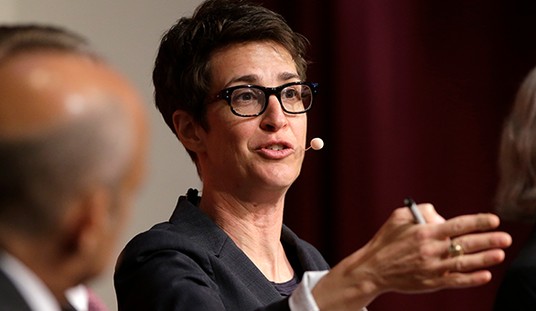How do you spell “windfall”? In California today they spell it with a seven, a five, and nine zeroes.
$75,000,000,000 is a lot of “extra” money for a state that had originally projected a $54 billion deficit.
That’s a rounding error of $132 billion — more than half the state’s annual budget. How did Governor Gavin Newsom and the state assembly get it so wrong, and in such a nice way?
To be blunt about it, California was a great beneficiary of the Wuhan Flu pandemic.
To be specific about the bluntness, California’s billionaires — and there are a lot of them — were great beneficiaries of the Wuhan Flu pandemic.
That $54 billion deficit prediction was from the early days of the pandemic, when Sacramento was doing its annual budgeting and assuming the worst.
By November, it was clear that the worst-case prediction was wrong, at least for Californians already living their best-case lives.
The SacBee reported back then on what had already become a $26 billion surplus:
The report released Wednesday estimates California will see a temporary surplus next year beyond what lawmakers and Gov. Gavin Newsom expected when they created the current $202 billion state budget that cut money from education and state worker salaries.
A spokesman for the state’s Department of Finance further warned that “better-than-expected revenues haven’t translated into an economy that’s fully rebounding.”
Approximately 1.6 million Californians lost their jobs in 2020, and of those, “Nearly a half-million people stopped even trying to look for work,” according to the AP. “Business properties saw their value plummet more than 30%.”
But the Tech Gods of Silicon Valley made out like bandits, according to that same report:
The Newsom administration projects Californians will earn $185 billion from capital gains — the most ever — resulting in $18.5 billion in tax revenue for the state.
The pandemic resulted in the largest one-time transfer of wealth from the lower and middle classes to the One Percent of the One Percent. California, having a surplus of billionaires, also enjoyed a one-time surge in state and local income tax revenues.
Corporate taxes, too. The most obvious example is Cupertino-based Apple. CEO Tim Cook just reported a record-smashing second quarter, with high-double-digit sales increases for both their Mac and iPad computers. Again, those are one-time gains caused by people needing new computers while forced to work from home.
But even all that revenue isn’t enough to account for the state’s $75 billion surplus.
Where did the rest come from? It came from you and me, pardner.
POLITICO reports that despite the state’s enviable revenue surge, “California is due to receive $26 billion in direct federal aid.”
One-third of California’s one-time surplus comes from the taxpayers (and taxpayers yet to be born) across the entire country.
I’d be remiss if I didn’t mention that the $26 billion is on top of another $16 billion in federal largess being paid directly to California city and county governments.
My sons, ages 15 and 10 and ineligible to vote because they aren’t Democrats, are among the millions getting stuck with the tab for bailing out a state that’s swimming in cash.
I can’t begin to tell you how angry that makes me.
I’d be less upset if Sacramento would use that money to pay down some of its debt (14th-worst in the nation, per capita) or increase the state’s rainy day fund.
But that’s not going to happen. Instead, they’re going to blow the whole wad—while the state’s finance office recommended that “the Legislature save or essentially use half of that windfall for budget resiliency to solve the budget deficits in the future.”
Working at the Department of Finance must be like that old saw about peeing into the wind, because Newsom and the Assembly already have other plans.
The short version is that they plan to buy votes and pay off popular Democrat constituencies.
Business Insider has the sordid details:
Newsom announced that California has a $75 billion budget surplus which he plans to give back to the state’s residents in the form of $600 checks for middle-income people and $500 checks for families with dependents, part of what he calls the Golden State Stimulus.
Along with direct aid to families, $27 billion of the surplus would go to K-12 schools and community colleges, while $11 billion would go toward debt payments, for instance paying 100% of back rent for low-income renters.
Poor people will get their back rent paid off, which I suppose is nice. Schools and teachers (Dems, all of them) get the bulk of the payouts. And California’s rapidly shrinking middle class will get a pittance check that won’t even pay for one month’s rent in the state’s cheapest town.
Related: Governor Gavin Newsom Has a New Plan to Beat His Recall: Flat-Out Bribery
California has a one-time chance to address the structural problems in the state’s finances. Just like the state’s own finance office recommended.
But that would be difficult, while using other people’s money to give windfalls to favorite constituencies is easy.
Frankly, Newsom — and California — might be better off if they took the whole $75 billion and tried their luck in Vegas.










